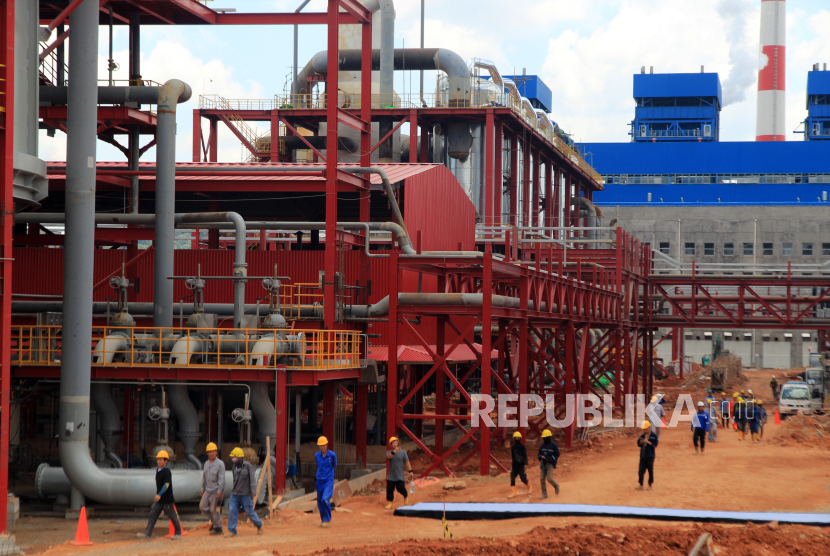REPUBLIKA.CO.ID, JAKARTA -- The Ministry of Energy and Mineral Resources (ESDM) is trying to improve the use of renewable new energy (EBT) in the mineral refining industry (smelter). The use of EBTs is necessary to reduce emissions, support the clean energy transition, and create a more environmentally friendly and sustainable industry.
Minister of ESDM Bahlil Lahadalia while attending the Green Initiative Conference 2024 in Jakarta on Wednesday (25/9/2024) said that there has been a shift in the view of the global industry that is now shifting towards a greener direction.
“In the industrial and economic growth of the world, including Indonesia, it has begun to gradually integrate. Because we used to think about finding money quickly without paying attention to environmental processes well,” Bahlil said.
In addition, the effort is also part of taking aim at the ambitious target of reducing emissions to achieve Net Zero Emissions (NZE) by 2060 or sooner.
In line with the global paradigm, Bahlil said, the government will create regulations to gradually and slowly utilize EBT in smelter industries, which previously used coal as their source of electrical energy.
“In Weda Bay it built a downstream industry from nickel raw materials. Now he has more or less about 8-10 gigawatts, that means 8-10 thousand megawatts,” he said.
Bahlil said that he had discussed with the owners of the Weda Bay smelter from 2025 the processing of nickel there will be using a Solar Power Plant (PLTS) on the land of the former mine, with the target of the next five years the utilization of EBT is already above 50 percent.
“The peak later in 2030 is at least 60-70 percent of those who will be able to convert using new renewable energy,” he added.
Furthermore, Bahlil said that smelters whose derivative products are only up to Nickel Iron Pig (NPI) will be given the requirement already have to wear EBT, or at least use gas-based energy, despite having more expensive investments.
“However, the high cost of Capex to invest in EBT-oriented power plants is covered by the price of products that are indeed more expensive than products produced from coal or fossil energy. So if it's economically calculated, that's no issue,” Bahlil said.


